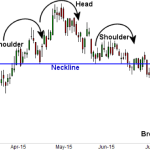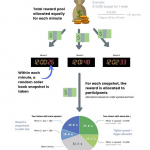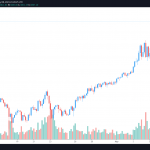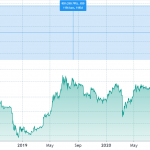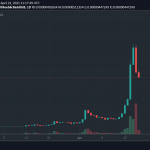What do people actually want in luggage? A phone charger, unbreakable exterior, and maximum packing space at a resonable price is what Away discovered. So it built a line of sleek but expansive polycarbonite suitcases equipped with battery packs, and sold them direct-to-consumer.
Now after selling nearly 100,000 suitcases and generating $20 million in revenue, Away has raised a $20 million Series B led by existing investor Global Founders Capital plus Forerunner Ventures, Comcast Ventues, and Accel Partners. They were attracted by Away’s $50 million revenue run rate and strong unit economics that should make it profitable this year.
The cash brings Away to $31 million raised, and will fund its entry into retail with plans to open four to six retail stores. Next, Away seeks to become a lifestyle brand with its new podcast and forthcoming print and digital magazine.

Finally, Away will grow its product line from the two carry-on and two checked luggage pieces it currently makes. Co-founder Jen Rubio tell me Away plans to “make the one-perfect everything that you need for travel.” While she wouldn’t give specifics, you could imagine the startup selling an Away toiletry kit.
By applying lean startup methodology and the direct-to-consumer strategy Rubio and co-founder Steph Korey learned as some of the first 15 employees at Warby Parker, Away is shaking up the stodgy luggage market. The company has grown to 66 employees in New York since launchng just 15 months ago. That’s because it initially focused on customer surveys to find the needs unfulfilled by over-priced luxury luggage, ugly utility products, and budget brands whose suitcases brokedown quickly
I’ve been testing Away’s checked and carry-on luggage and found them to hit the sweet spot between its competitors. The shells don’t crack or dent under abuse. The phone charger with external USB plug on the carry-on is useful when you don’t want to sit on the floor of an airport. And they fit a remarkable amount of stuff in a compact package. And since you buy them straight from Away, rather than marked-up through a third-party retailer, the $225 to $245 carry-ons and $275 to $295 checked bags are a good bang for their buck.

My biggest complaint is since they feature a hard exterior clam shell design, you have to fully unzip the bag to be able to jam something in last-minute. But Rubio says Away has heard that feedback and the startup is developing a product to address it. There are certainly decent quality alternatives at a lower price. Since the shell is lightweight, it can feel a little flimsy. Still, no other luggage has taken the beating I dish out with so little visible wear-and-tear.
Luggage might not be the sexiest business, and its far from a traditional software startup. Yet Away proves there are plenty of commerce markets left to disrupt if companies are willing to listen to what customers really need.


